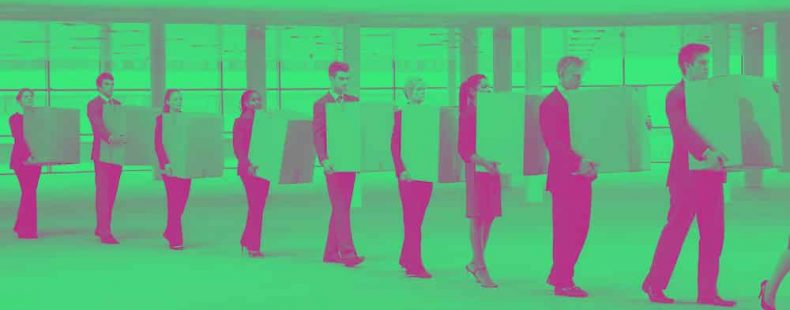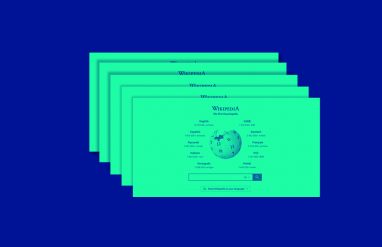by John Kelly, Senior Research Editor at Dictionary.com
The coronavirus pandemic isn’t only affecting people’s health and safety. It is also impacting people’s livelihoods as the virus hits the economy.
Cancellations, quarantines, and social distancing are causing many companies to furlough or lay off employees—and in some instances, both.
But what is the difference between furloughs and layoffs?
For health, safety, and medical emergencies or updates on the novel coronavirus pandemic, please visit the CDC (Centers for Disease Control and Prevention) and WHO (World Health Organization). For more words related to the coronavirus, see our glossary. And for more important distinctions between confusing words related to the coronavirus, see our articles pandemic vs. epidemic, quarantine vs. isolation, and respirator vs. ventilator.
What does furlough mean?
A furlough is “a temporary layoff from work.” People who get furloughed usually get to return to their job after a furlough.
People often encounter the word furlough during government shutdowns, in which nonessential public employees are told not to go to work. Private companies, however, also furlough employees.
In general, people are not paid during furloughs but they do keep employment benefits, such as health insurance. Furloughs are mandatory. Workers are ordered not to do anything work-related while they are on furlough.
More From Dictionary.com: Is The Coronavirus A Plague?
How long does a furlough last? It all depends on the employer. Employers often decide to furlough, rather than lay off, workers because firing and hiring people is costly.
The word furlough originally referred to “a leave of absence given to soldiers.” It was borrowed from the Dutch verlof, which is related to the English word leave.
What does layoff mean?
Layoffs are when an employer dismisses employees. That is, they are let go (laid off) from their jobs.
You may note that our definition adds that layoffs can be done temporarily. Historically, the term layoff did indeed mean temporary dismissals, like furloughs. But today, we generally use the word layoff when a person is permanently let go from a job.
Layoff is especially used when an employer lets go of employees because they can no longer afford to pay them, their business is down, or other economic reasons—not necessarily because employees weren’t good at their jobs. A term that floats around a lot during these circumstances is mass layoff, meaning many employees were laid off at the same time. Here mass means “pertaining to, involving, or affecting a large number of people.”
If a person who is laid off were to return to their original job, they would have to be rehired.
What does sick leave mean?
Sick leave is “leave from duty, work, or the like, granted because of illness.” As a noun, leave means “permission to be absent.” Leave is also referred to as a leave of absence. Leave generally implies a person is away from work for an extended period of time.
Whether or not a person gets sick leave depends on their job and where they live. Also depending on the job, people may or may not be paid while on sick leave. When an employee goes on leave and gets paid, it’s called paid leave.
Paid leave is also called paid time off, or PTO for short. Sometimes people take leave without pay (LWP).
Full-time employees (FTE) are often granted benefits as paid and sick leave. Part-time employees (PTE), contractors, and self-employed freelancers often don’t; they are often vulnerable to layoffs.
More From Dictionary.com: Canceled vs. Cancelled: Which Is Spelled Correctly?














